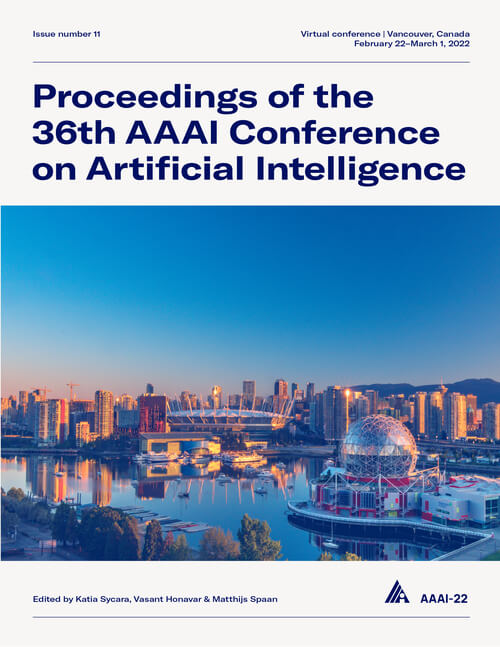Braid: Weaving Symbolic and Neural Knowledge into Coherent Logical Explanations
DOI:
https://doi.org/10.1609/aaai.v36i10.21333Keywords:
Speech & Natural Language Processing (SNLP)Abstract
Traditional symbolic reasoning engines, while attractive for their precision and explicability, have a few major drawbacks: the use of brittle inference procedures that rely on exact matching (unification) of logical terms, an inability to deal with uncertainty, and the need for a precompiled rule-base of knowledge (the “knowledge acquisition” problem). To address these issues, we devise a novel logical reasoner called Braid, that supports probabilistic rules, and uses the notion of custom unification functions and dynamic rule generation to overcome the brittle matching and knowledge-gap problem prevalent in traditional reasoners. In this paper, we describe the reasoning algorithms used in Braid, and their implementation in a distributed task-based framework that builds proof/explanation graphs for an input query. We use a simple QA example from a children’s story to motivate Braid’s design and explain how the various components work together to produce a coherent logical explanation. Finally, we evaluate Braid on the ROC Story Cloze test and achieve close to state-of-the-art results while providing frame-based explanations.Downloads
Published
2022-06-28
How to Cite
Kalyanpur, A., Breloff, T., & Ferrucci, D. A. (2022). Braid: Weaving Symbolic and Neural Knowledge into Coherent Logical Explanations. Proceedings of the AAAI Conference on Artificial Intelligence, 36(10), 10867-10874. https://doi.org/10.1609/aaai.v36i10.21333
Issue
Section
AAAI Technical Track on Speech and Natural Language Processing

